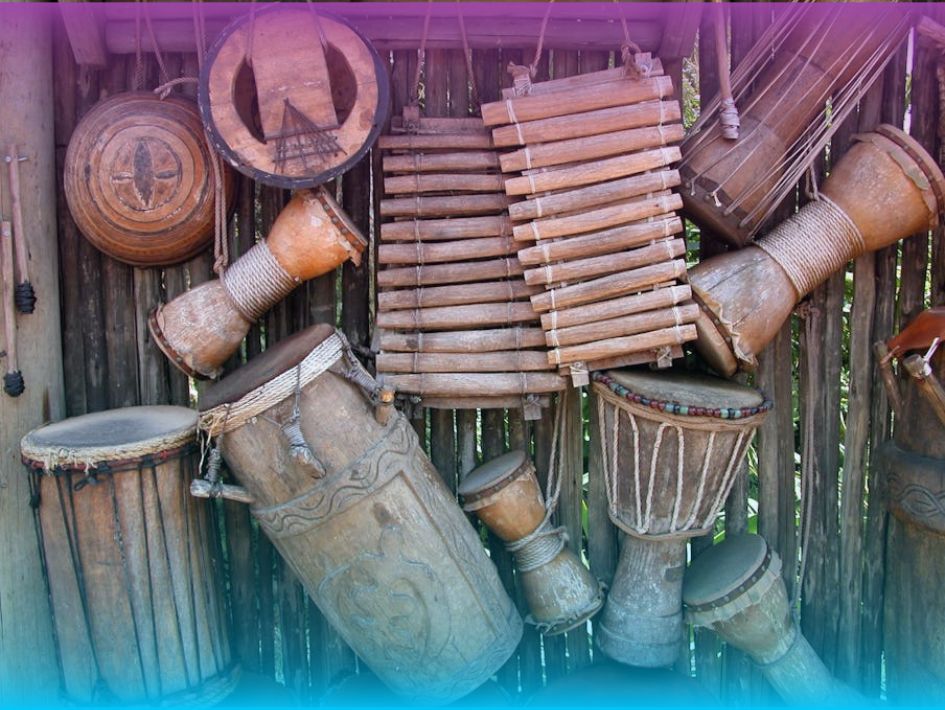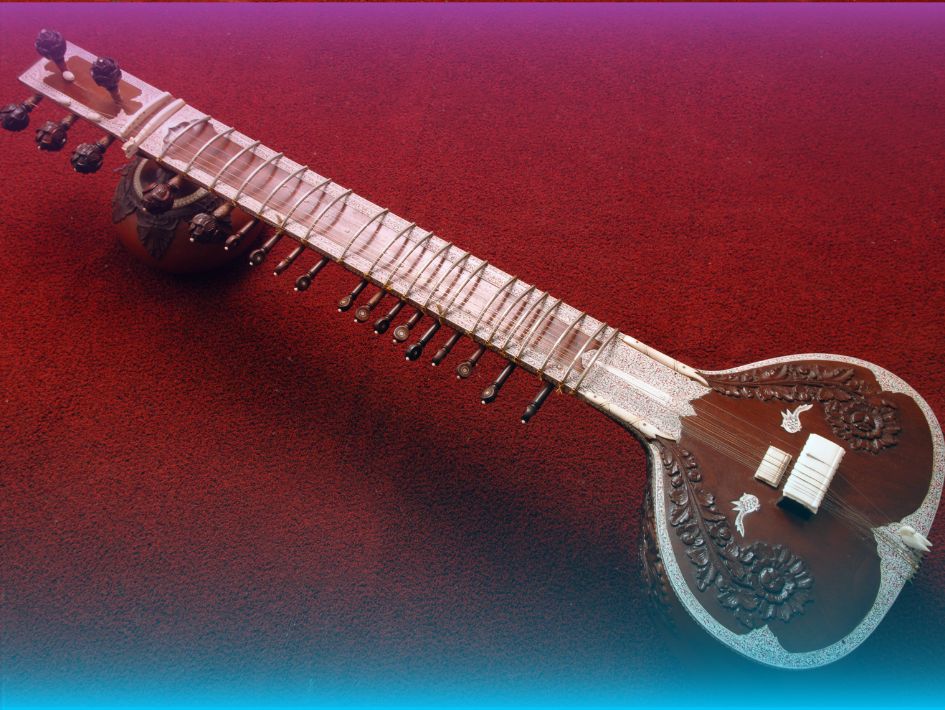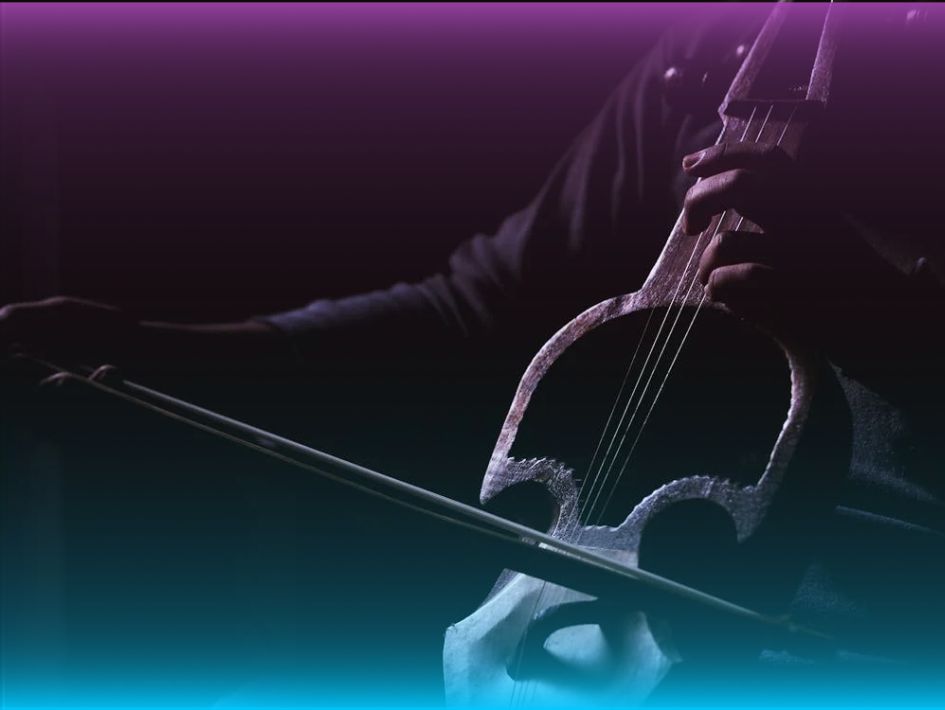There are countless musical instruments worldwide, each with a unique sound and history. Some of these instruments are well-known, like the piano or guitar, but did you know there are also unique instruments from around the world that most people have never heard of?
These instruments come from different cultures and often have strange shapes or sounds that make them stand out. Some are used in traditional ceremonies, while others are played in modern music, offering a fresh experience for musicians and listeners. What are some rare musical instruments, and why are they so special?
Rare Musical Instruments You’ve Never Heard Of
1. The Hang Drum
The Hang is a modern, rare instrument that has recently gained popularity worldwide. It was invented in Switzerland in the early 2000s and resembles a flying saucer. The sound of a hang drum is deep and gentle; thus, it is suitable for relaxation or meditation.
It's played by hand, and its notes ring like a bell or gong. It has commonly been associated with modern acoustic music, but world music and any musician who aims to bring a relaxing atmosphere of mysticism into the air use it, too.
What makes the Hang Drum special is the tone it produces. The instrument produces a series of rich harmonic sounds floating in the air. The shape of the drum creates a variation of notes echoing and resonating through it, making it an instrument interesting to listen to. Its smooth, melodic sounds have made it popular in yoga classes, sound healing, and live performances.
2. The Glass Armonica
Ever fancy playing musical glass? Yes, it's actual glass! The glass armonica is an instrument devised by Benjamin Franklin in 1761, and it is constructed totally out of glasses of different sizes. The musician moistens his fingers and runs them around the rims of the glasses to produce musical notes. Different-sized glasses create different pitches, and the sound is hauntingly beautiful and delicate.
Once very popular in Europe, the glass armonica even graced concert halls and opera performances. It later lost public appeal, possibly due to its strange, almost ghostly sound. The finding of a glass armonica player is infrequent today; however, the instrument has had guest appearances in modern times and film performances to that added effect of mystery.
3. The Nyckelharpa
The nyckelharpa is a traditional Swedish instrument that visually resembles something from a combined violin and harp. This unique instrument contains keys, which musician presses to change the pitch of the strings. It's played with a bow, just like a
violin, but with keys, it gets a sound that differs slightly from other string instruments.
The nyckelharpa has a history dating back centuries, but it is still one of the most essential instruments in Swedish folk music today. It has a rich, resonant sound that is quite different from a modern violin. Its unusual shape and the particular way in which it is played mean the nyckelharpa is often considered one of the trickier instruments to master. However, its complex, soothing tone makes it worth the effort.
4. The Theremin
The most famous weird instrument is the theremin. Invented in 1920 by Russian scientist Léon Theremin, it's the only instrument played without being touched. The theremin has two metal antennas that sense the movement of the player's hands. The antenna manages the pitch, and the other controls the volume. The musician can create eerie and beautiful sounds by moving their hands closer to or farther away from the antennas.
The theremin is an instrument with a very peculiar, otherworldly sound. It has often been used in science fiction movies to imitate ghostly or futuristic sounds. While it looks straightforward, playing the theremin is challenging since the player has to control the sound with his movements. Although a fascinating instrument, its unusual form lends itself to a wide range of musical genres.
5. The Sitar
While the sitar is more well-known, it's still a very unusual, beautiful instrument compared to most. The sitar originates from India and has a long neck, resonating strings, and an intricate design. It has a distinctive sound that's deep and vibrant, with a metallic quality to it that makes it instantly recognizable.
The sitar has conventionally been used in classical Indian music. Still, it also gained international popularity in the 1960s when musicians like George Harrison of The Beatles began using it in Western pop.
The sitar has a complicated tuning system and sometimes takes years to get used to. Since it has several strings vibrating with it, it produces a thick, multi-layered sound that is at once beautiful and even mesmerizing. The sitar remains the hallmark of traditional Indian music but is also used in some fusion and world music applications, an exciting sound for many contemporary forms.
6. The Koto
The koto is a string musical instrument from Japan and is an ancient type of musical playing. It's a long rectangular instrument with 13 strings, each course over movable bridges. When playing the koto, it is plucked by the strings with plectra attached to the fingers. It also produces a soft and streaming noise, often played during Japanese court music or classic performances.
Though koto has its origins rooted in ancient Japan, in reality, it also finds a place within the
modern music of these days. Contemporary musicians use this instrument in every imaginable genre, from jazz and classically influenced to electronic music-based ensembles. The distinctive, delicate sound of the instrument injects certain refinement and serenity into each performance.
7. The Cajón
The cajón is originally from Peru and represents a wooden, box-like percussion instrument. It's played by sitting on the instrument and striking its sides with the hands or fingers. The caja produces a rich, boomy sound often likened to a set of drums. Its typical application lies in flamenco music, a style of Spanish folk music, but it also has made its appearances in pop, rock, and jazz performances.
The novelty of the cajón is that it is portable and can be taken anywhere, while a complete drum kit may be a bit cumbersome to carry around. Simple in design and deep in resonance, it remains the favorite of professionals and amateurs.
8. The Sarangi
The sarangi is an indigenous string instrument from India and has been well-acknowledged for its mimicry of the human voice. Its deep, soulful sound has a richness to it that is rich in emotion. Like a violin, the sarangi is played with a bow, but its unique tuning and structure give it a distinctive sound often described as haunting.
The sarangi is a stringed musical instrument of India that originated in the Middle Ages; it is mainly used for Indian classical music. In terms of complexity with tuning and manipulating the strings, the sarangi is one of the most elaborate string instruments, making it one of the most challenging instruments to play. Nonetheless, it remains one of the essential instruments in today's Indian music.
Overview
The world is fully endowed with rare and less-usual musical instruments, with their unique sound and a bit of history. From the sweet, soothing Hang drum to the haunting theremin, these unusual instruments have been used to create beauty and tell stories via music. Some are usually used in traditional ceremonies, while others have found a way into modern music to add fresh and exciting sounds.
Whether it is the deep, resonant tone of the didgeridoo or the elegant plucks of the koto, each of these rare
musical instruments has something special to offer. Knowledge about such instruments will bring a greater appreciation for the different sounds in existence in the world of music.
Explore More!
Are you ready to open yourself to a world of musical rarities?
Visit Muzeg™, the virtual store of unique instruments from all corners of the world. From traditional to modern, Muzeg has an array of various instruments that will inspire your music dream. Begin exploring today and find the perfect addition to your collection!
Expanding the Boundaries of Music
Music is a language understood by all, and the different types of instruments spread across the globe enrich it even further. Rare musical instruments are new ways to consider familiar sounds and their stories of how music can link people through time.
The realm of music is so expansive, and delving into these strange instruments is an excellent way of expanding one's grasp of the art form. Whether a musician or an avid listener, there's always something to be found in rare and unique instruments.


